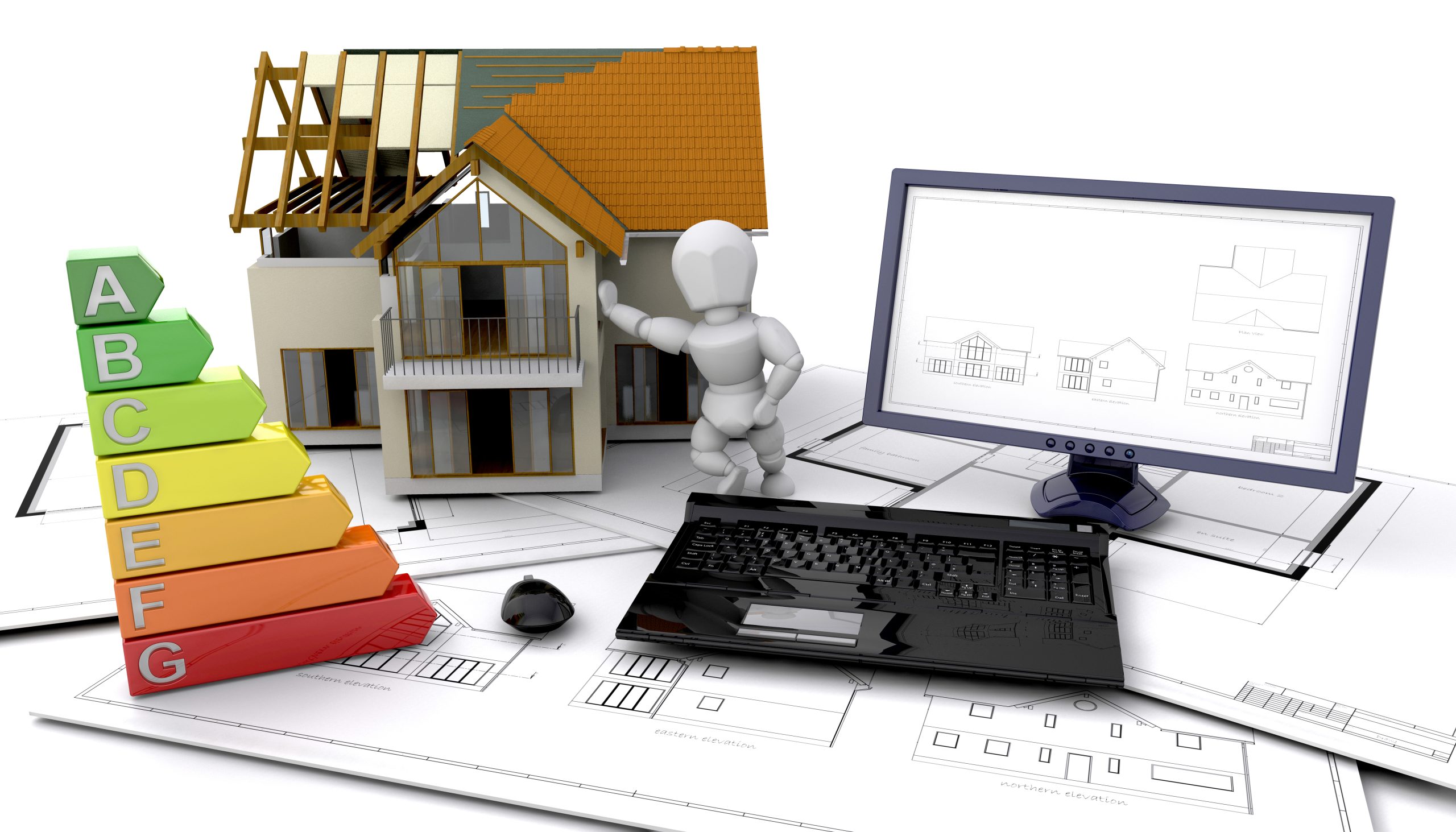California offers the ideal environment and area for relaxed-up living and homes that obscure the lines between inside and out.

In the world of building design and construction, achieving a balance between thermal comfort and energy efficiency is crucial, especially in large-scale projects. These projects often involve complex requirements for both functionality and sustainability. As urban centers grow and the demand for sustainable, high-performance buildings intensifies, architects, engineers, and developers must incorporate strategies that address both human comfort and environmental impact. This is where the expertise of MEP engineers, such as those at InnoDez, plays a critical role in ensuring that large-scale buildings are energy-efficient without sacrificing occupant comfort.
This article explores how thermal comfort and energy efficiency are managed in large-scale projects, discussing strategies, systems, and the role of MEP engineering in integrating these elements. We will also highlight how InnoDez, a leader in MEP design, leverages advanced engineering solutions to optimize thermal comfort while enhancing energy performance.
Before diving into the specifics of managing thermal comfort and energy efficiency in large-scale projects, it’s important to define what these concepts entail:
Achieving thermal comfort while maintaining energy efficiency is a delicate balance, particularly in large-scale buildings. Inadequate thermal control can lead to discomfort, while inefficient energy systems can result in high operational costs and negative environmental impacts.
Large-scale projects, such as commercial office buildings, healthcare facilities, educational institutions, and mixed-use developments, present unique challenges when it comes to managing thermal comfort and energy efficiency. These challenges include:
Given the complexity and scale of large buildings, multiple strategies must be employed to address thermal comfort and energy efficiency. Below are key strategies used in modern large-scale building design:
In large buildings, zoning is a critical strategy for achieving thermal comfort and energy efficiency. Zoning involves dividing a building into distinct areas based on function and heating/cooling needs. This allows HVAC systems to be tailored to the specific requirements of each zone. For example, areas with high occupant density, such as conference rooms or auditoriums, will need more intensive cooling than office spaces with fewer people.
In addition to zoning, load balancing ensures that energy is distributed efficiently across the building. Advanced sensors and building management systems (BMS) are employed to monitor and adjust temperature levels in real time, ensuring that energy is used only when and where it is needed.
The building envelope, including walls, windows, and roofs, plays a vital role in maintaining thermal comfort and energy efficiency. A high-performance envelope uses advanced insulation, air sealing, and reflective materials to prevent heat loss in the winter and heat gain in the summer. In large buildings, achieving a high-performance envelope is essential to reduce the load on HVAC systems and minimize energy consumption.
One of the most significant factors in achieving thermal comfort and energy efficiency in large buildings is the design and integration of HVAC systems. The HVAC systems must be sophisticated enough to provide precise temperature control in different zones of the building while using energy as efficiently as possible.
Building automation systems (BAS) and smart controls play a key role in managing both thermal comfort and energy efficiency. These systems allow for real-time monitoring and adjustment of HVAC, lighting, and other energy-consuming systems based on occupancy, time of day, and external weather conditions.
Integrating renewable energy sources into large-scale buildings can significantly reduce their energy demand and environmental footprint. Solar panels, wind turbines, and other sustainable technologies can contribute to providing energy for heating, cooling, and lighting systems.
As a leader in MEP engineering, InnoDez is at the forefront of designing and implementing integrated systems that balance thermal comfort with energy efficiency in large-scale projects. With extensive experience in complex building systems, InnoDez works closely with architects, contractors, and developers to ensure that HVAC, lighting, and plumbing systems are optimized for both performance and sustainability.
InnoDez employs cutting-edge technology, including Building Information Modeling (BIM), to model building systems and simulate their performance in real time. This allows for precise design and adjustments before construction begins, saving time, resources, and costs while ensuring that the building meets thermal comfort and energy efficiency targets.
Their expertise in energy modeling and sustainable design practices ensures that large-scale projects not only comply with regulatory requirements but exceed expectations in terms of energy savings and occupant comfort. InnoDez’s commitment to innovation and sustainability helps clients achieve their environmental and operational goals while creating high-performance buildings.
Managing thermal comfort and energy efficiency in large-scale projects is a complex task that requires a combination of advanced technologies, design strategies, and careful coordination between MEP engineers, architects, and building owners. By implementing zoning, high-performance building envelopes, advanced HVAC systems, and smart controls, large buildings can maintain optimal comfort while minimizing energy use.
The role of MEP engineers, especially firms like InnoDez, is essential in ensuring that these strategies are integrated seamlessly into the building’s systems. With their expertise in energy modeling, sustainable design, and system integration, InnoDez helps clients achieve both comfort and energy efficiency in large-scale projects, contributing to a more sustainable and resilient built environment.
About Author
Xhuljo Jakup